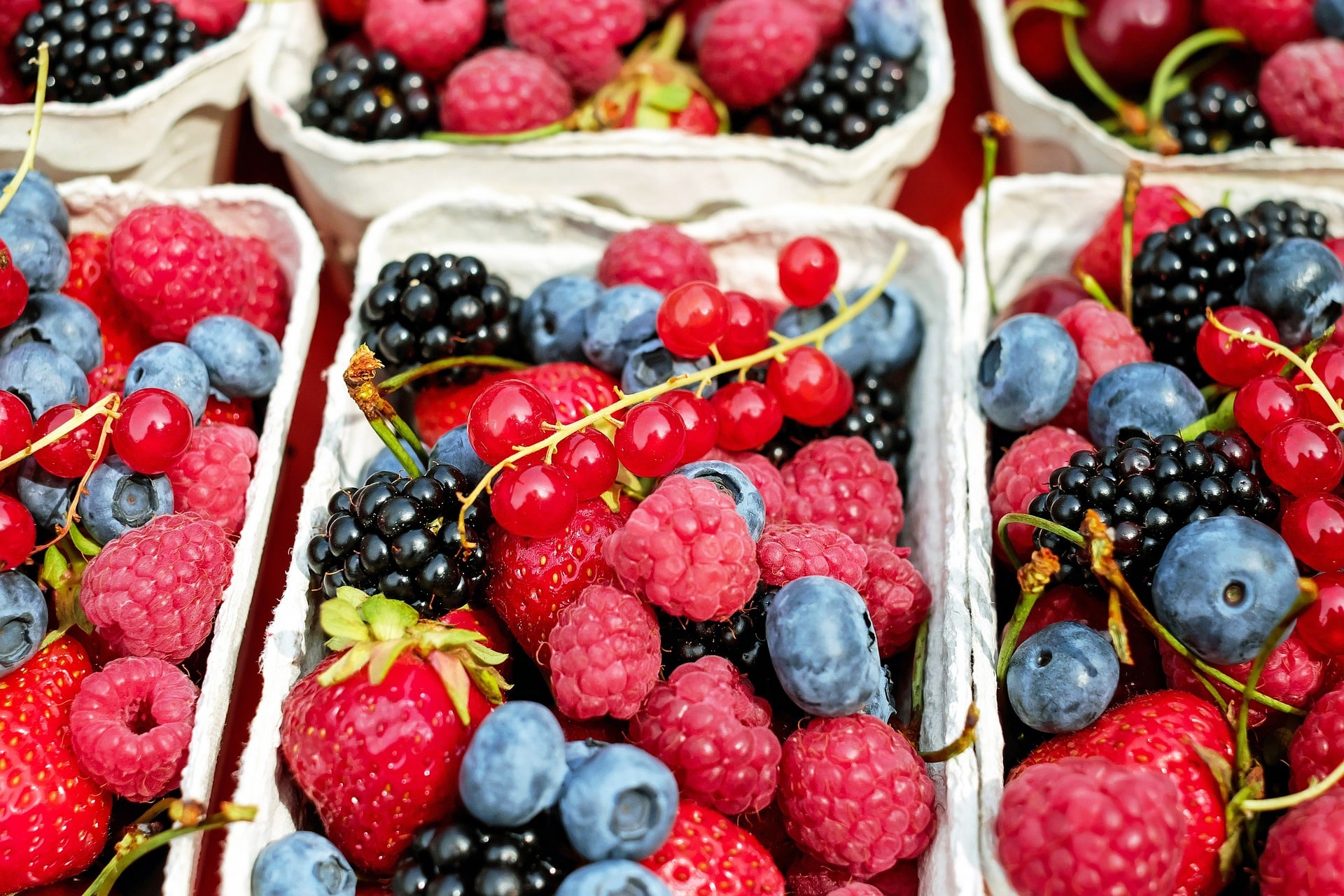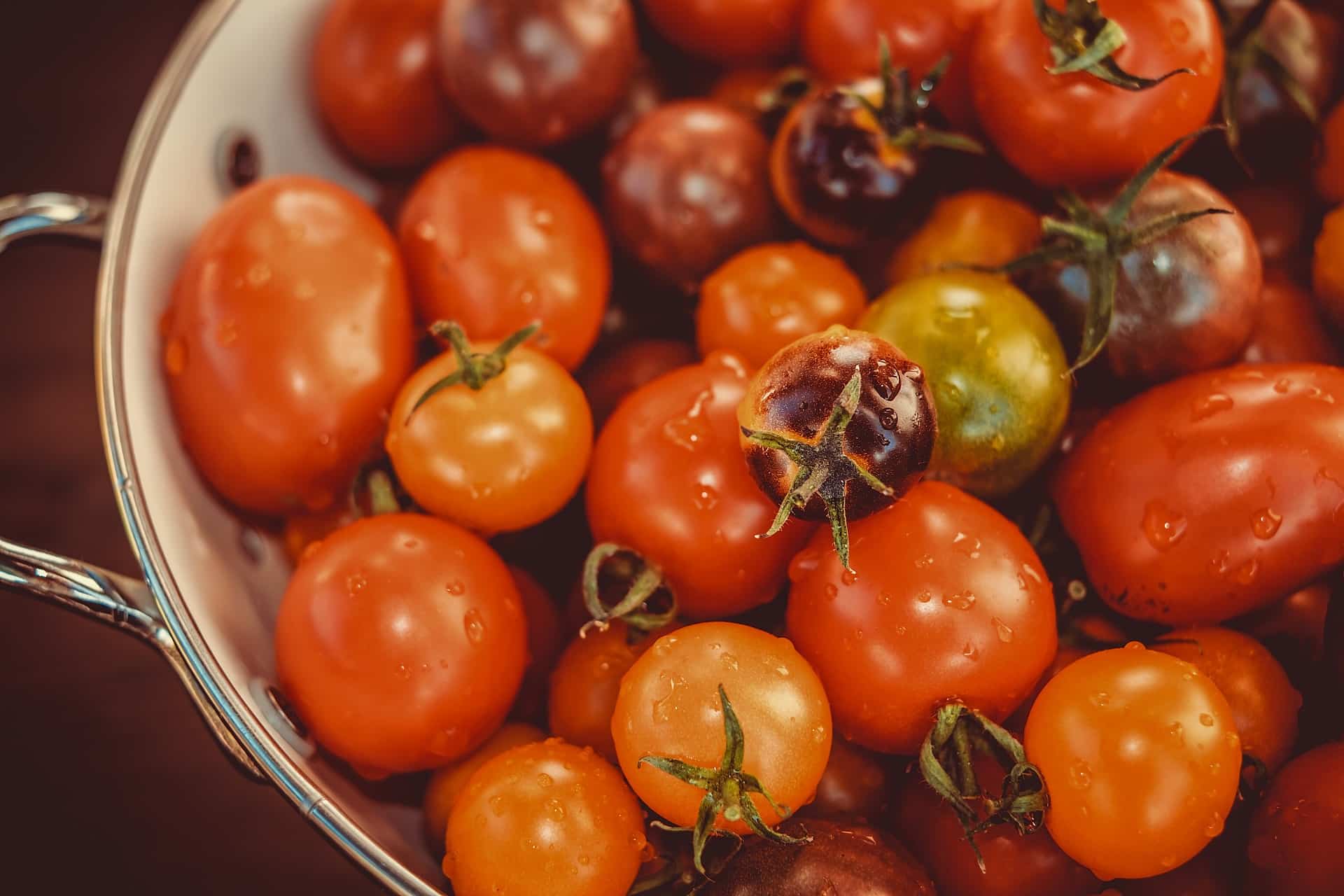
Quercetin (3,3,4,5,7-pentahydroxyflavone) is one of the secondary metabolites widely present in the plant kingdom. The flavonoid quercetin is a polyphenol composed of three benzene rings and five hydroxyl groups.
Quercetin was first isolated and recognized by Szent-Gyorgyi in the year 1936. The chemical formula of quercetin is C15H10O7. The structure has a flavonic core formed by two benzene rings and is connected by a heterocyclic pyronic ring; it is an aglycone
This flavonoid is known has antioxidant properties and has a protective function against aging. Although it is an aglycone and does not include carbohydrate moieties, it is available in nature in both a free and conjugated state. For example, it is found in the form of a glycoside in food. Upon ingestion, the glycoside is hydrolyzed to release the aglycone, which is absorbed and metabolized to other glucuronidated, sulfated, and methylated forms.
Properties physicochemical properties
The word "quercetum" is a Latin term for quercetin, which means a compound of yellow color. This compound is a bitter crystalline compound. It is easy to dissolve in lipid and alcohol, insoluble in cold water, and poorly soluble in hot water.
In nature it is produced mainly through the phenylpropanoid pathway, which has the amino acid phenylalanine as its precursor. The initial steps involve the synthesis of cinnamic acid via phenylalanine. Phenylalanine ammonia lyase plays a crucial role in catalyzing the reaction. Quercetin has the ability to donate its hydrogen atoms and stop the activity of reactive oxygen species. It directly interacts with the intracellular signaling pathways responsible for antioxidant function. Several in vivo studies suggest that quercetin has the ability to inhibit xanthine oxidase by decreasing free radical formation and is therefore considered a potential antioxidant. In fact, polyphenols such as quercetin are already well known for their role in protect the cell from oxidative stress.
In addition, quercetin is lipophilic in nature, so it easily crosses the blood-brain barrier and has neuroprotective activity. Plays a protective role against neurodegeneration. The molecule is known to lower blood glucose levels and preserve β cell function in diabetic rats and mice. Shows a positive impact on treatment and diabetes prevention. Several in vitro and in vivo studies have shown that quercetin has anticancer activity and can be used as a reliable drug in cancer therapy. Quercetin has a crucial role to play as an anti-inflammatory molecule.

Where to find it in food
Plant families like Solanaceae, Asteraceae, Passifloraceae and Rhamnaceae They are rich in quercetin content. Quercetin is most commonly found in large amounts in various fruits and vegetables, including apples, berries, cherries, red lettuce, onions, asparagus and in small quantities in bell peppers, broccoli, peas and tomatoes. It is also known to be present in citrus fruits, seeds and nuts, and red grapes. Onion has the highest amount of quercetin. Quercetin is also known to be present in herbs such as dill, some varieties of tea, and wine. In plants it is also present in Gingko, American elderberry and Hypericum. The glycoside form of quercetin includes hyperoside, rutin, and isoquercetrin. Glycosidases are responsible for breaking glycosidic bonds after oral intake.
The pharmacokinetics of quercetin
After ingestion, quercetin can combine with salivary proteins to form soluble protein-quercetin binary aggregates. Upon reaching the small intestine, quercetin is deglycosylated by lactate phlorizin hydrolase. Quercetin can be absorbed into epithelial cells through a dispersion lipophilicity dependent. Before entering the circulatory system, most of the quercetin is converted to conjugated metabolites. Recent studies suggest that the intestinal microbiota participates in the production of glycosidases and enzymes that convert quercetin into more easily absorbed molecules.
Approximately 60% to 81% of quercetin is transported to the liver through the epithelium, where it is metabolized and is converted to a bioavailable form. Most of the quercetin and its metabolites are excreted through the intestines, but small amounts are excreted by the kidneys in the urine. The elimination of quercetin from the body is very rapid and it is believed to have a very short blood half-life.

Below I explain the different properties of quercetin and its mechanism of action:
Properties and mechanism of action
- anti-inflammatory properties: increases the expression of IFN-γ cells (by IFN we mean interferon) and decreases the positive cellular expression of IL-4 (by IL we mean interleukin);
- anti-cancer properties: induces extrinsic and intrinsic pathways of apoptosis, autophagy, and arrests the cell cycle;
- Antioxidants: regulates the level of GSH (GSH stands for glutathione); it downregulates the level of MDA (MDA stands for malondialdehyde, one of the end products of polyunsaturated fatty acid peroxidation in cells) and upregulates SOD activity (SOD= superoxide dismutase). Quercetin is the free radical scavenger;
- antihypertensive: reduces the severity of hypertension by reducing levels of nitric oxide, TNF-α (TNF stands for tumor necrosis factor), and IL-6;
- antidiabetic: Quercetin reduces the concentration of blood glucose levels, preserves islet cell function, the number of β cells in diabetic mice.
- neurodegenerative: Alleviates neuronal oxidative damage and neuroinflammation and exhibits antidementia and neuroprotective effects.
Antioxidant properties
Due to the phenolic hydroxyl group and the presence of a double bond, quercetin has potential antioxidant activities. The antioxidant properties of quercetin are associated with prevention and treatment of cancer and cardiovascular disease. The hydroxyl group in the quercetin structure acts as a free radical scavenger. The hydroxyl group of the molecule inactivates free radicals by supplying active hydrogen while preventing the oxidation of unsaturated fatty acids.
Due to its chemical structure, quercetin has the ability to scavenge various free radicals including hydrogen peroxide, superoxide and hydroxyl radicals. The catechol group present in ring B and the OH group present in position 3 of ring A contribute to the antioxidant property of quercetin.
Quercetin maintains oxidative balance and is therefore a powerful antioxidant. Regulates the level of GSH in the body. It is not yet clear whether quercetin repairs DNA or protects it from oxidative damage. The antioxidant effect of quercetin-DNA was found to be greater than that of quercetin alone.

Properties against cardiovascular disorders
Quercetin is a well-known flavonoid that, when present in the circulation, improves vascular health and when it is present in conjugated form, it reduces the occurrence of cardiovascular disorders. Quercetin and its other derivatives prevent blood clotting and reduce the occurrence of strokes, in addition to having antioxidant action and therefore protect the body from oxidative stress. It is known to influence the stability and fluidity of the lipid bilayer and influences the activity of the ATP-dependent protein transporter.
It also has effects antihypertensives and vasodilators that dilate the arteries, indicating better circulation. Its treatment regulates blood glucose and lipid levels during fasting, decreases the amount of fat deposition in the liver, reduces the severity of renal fibrosis, and plays an important role in the AMPK-dependent autophagy process. Obese mice when fed with quercetin caused weight loss and reduced plasma triglyceride level and cholesterol level and thus improved metabolic conditions. Reports suggest reassembly of white adipocytes into brown adipocytes.
This has a protective mechanism against osteoporosis, lung disorders and also venous diseases.
antiviral properties
It is known that quercetin, due to its antiviral properties, inhibits polymerase, reverse transcriptase, protease, DNA gyrase activity and binds to viral capsid proteins.
At study published in pubmed here, quercetin plays both a preventive and beneficial role also against SARS-Covid, thanks to its anti-inflammatory potential, along with other natural substances. In fact, during the new Coronavirus pandemic, quercetin has once again attracted the attention of several researchers since its components act as inhibitors of the virus itself.
An international study in which a group of researchers from the Institute of Nanotechnology of the National Research Council, the Cnr-Nanotec of Cosenza, participated suggests that quercetin works as a specific inhibitor of SARS CoV-2. Quercetin, according to this study, seems to have a destabilizing action on 3CLpro, one of the fundamental proteins for virus replication, reducing its enzymatic activity. In other words, by interfering with virus replication and reducing cell adhesion to the host, it would seem to have an antiviral action.

Action against autoimmune diseases
Quercetin reportedly exerts potent anti-inflammatory effects, mainly through inhibition of cytokine production, reduction of cyclooxygenase and lipoxygenase expression, and maintenance of mast cell stability.
The excellent antioxidant activity of quercetin is exerted mainly through its effects on the glutathione activity, enzymes, and reactive oxygen species (ROS) and by regulating signal transduction pathways, such as heme-related factor 1/nuclear erythroid oxygenase 2 (Nrf2), mitogen-activated protein kinase, toll-like receptor 4/phosphatidylinositol-3-kinase and adenosine monophosphate 5′-activated protein kinase.
Quercetin can reduce high-value iron, which inhibits lipid oxidation and quenches ROS, which helps suppress inflammation and prevent related diseases. Kalantari et al. reported that quercetin significantly alleviated liver damage in mice by suppressing free radicals and upregulating levels of antioxidant enzymes, including glutathione peroxidase, superoxide dismutase, and catalase. Finally, quercetin has been reported to have neuroprotective effects and antitumor activity.
Properties on metabolic syndrome
Metabolic syndrome (MetS) is a complex of diseases that lead to mortality due to the development of cardiovascular problems. Quercetin, as an important flavonoid, has various properties, such as blood pressure lowering, antihyperlipidemia, antihyperglycemia, antioxidant, antiviral, anticancer, anti-inflammatory, antimicrobial, neuroprotective, and cardioprotective. In this review article (HERE), original articles were collected from various sources, including Google Scholar, Medline, Scopus, and Pubmed, correlating the effect of quercetin on the improvement of MetS signs, including elevated glucose, hyperlipidemia, obesity, and blood pressure.
Based on these data, quercetin may also play a role in the treatment of metabolic disorders through several mechanisms, such as increased adiponectin, decreased leptin, antioxidant activity, reduced insulin resistance, the increase in insulin level and the blockade of calcium channels.
When should it be taken and how?
When to take Quercetin? in cases of:
- Hypoimmunity.
- Seasonal viral epidemic infections.
- Colds
- Sinusitis.
- Free radicals.
- Fragile capillary.
Synergistic Partnerships: Why It's Better
The beneficial action of quercetin can be enhanced with:
Vitamins C and D
The association with vitamin C would seem increase the Quercetin bioavailability, interrupting the entry, replication and enzymatic activity of the virus and at the same time supporting and reinforcing the immune response. The combined administration of Quercetin and vitamin C is an experimental strategy for the prevention and treatment of various respiratory viruses. Vitamin D is very useful in the prevention and treatment of upper respiratory tract infections, as well as the traditional flu.. We know that it is capable of supporting the immune system and therefore making it more efficient against the virus. In addition, it seems that quercetin is capable of activating the vitamin D receptor, which is why they associate.
Zinc and bromelain
Zinc can break down inflammation and reduce the bond between the virus and its receptor; it also reduces viral replication. But for it, zinc needs ionophores that allow greater penetration into cells: quercetin is precisely a zinc ionophore. So this association allows Zinc to enhance its antiviral action. Studies also show that quercetin is complementary to bromelain in that it strengthens anti-inflammatory activity by increasing prostaglandin production. Taken together, they are therefore an indispensable resource for supporting the immune system.